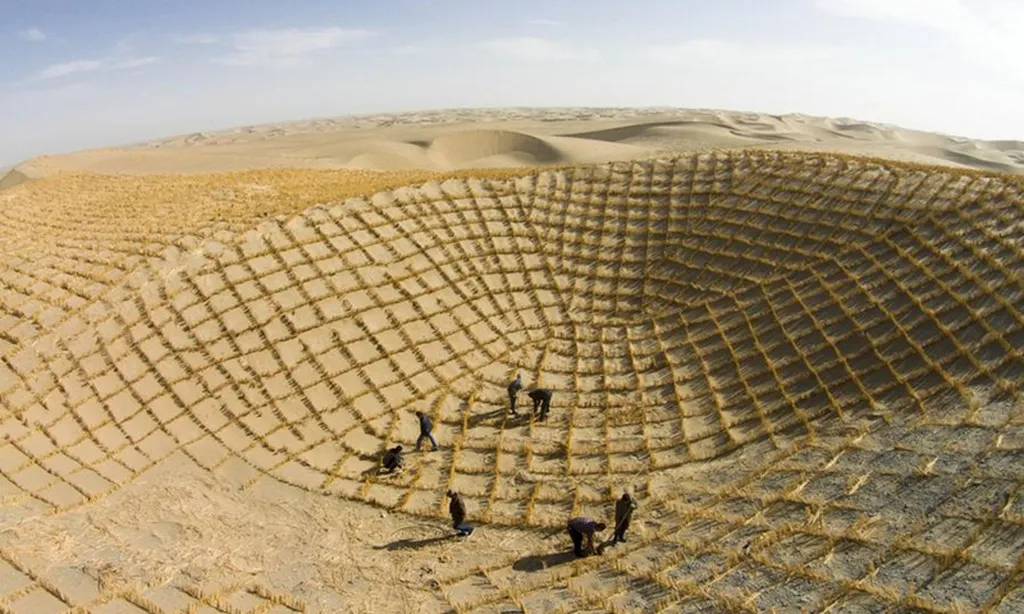In the face of increasingly extreme weather events and cyber threats, power grids are under more pressure than ever to maintain resilience. A recent study published in the journal *Applied Systems Innovation* offers a novel approach to bolster grid resilience, with significant implications for the energy sector. Led by Ze Zhang from the College of Systems Engineering at the National University of Defense Technology in China, the research introduces a tri-level distributionally robust defender–attacker–defender model to optimize the allocation of defense resources in power grids.
The study addresses a critical challenge: the uncertainty of repair times following extreme damage. “Different damage intensities can lead to varying restoration times, which complicates the scheduling of restoration resources,” explains Zhang. To tackle this issue, the researchers developed a method that not only improves the grid’s disaster resistance capabilities but also enhances the efficiency of restoration resource scheduling. This is particularly relevant for energy providers, as it promises to minimize system dumping loads—essentially reducing the amount of energy that must be shed during outages, a costly and disruptive event for both utilities and consumers.
The proposed model is innovative in its structure, incorporating a defender–attacker–defender framework. This means it simulates the interactions between defenders (grid operators) and attackers (natural disasters, cyber threats, or other disruptions) to identify the most effective defense strategies. The model also accounts for the uncertainty of repair times, making it more adaptable to real-world scenarios. To solve the complex optimization problem, the researchers developed a set covering-column and constraint generation (SC-C&CG) algorithm, which is particularly useful when the mixed integer model does not satisfy the Karush–Kuhn–Tucker (KKT) condition—a common challenge in such optimization problems.
The practical implications of this research are substantial. For energy companies, implementing such a model could lead to more robust grid management strategies, reducing downtime and financial losses during extreme events. “Our method provides a more comprehensive and adaptive approach to grid resilience,” says Zhang. “It’s not just about preventing attacks or damage, but also about optimizing the response and recovery process.”
The study’s findings were validated through a case study based on the IEEE 24-bus system, demonstrating the model’s effectiveness in minimizing system dumping loads under repair time uncertainty. This success suggests that the approach could be scaled up and applied to larger, more complex grids, offering a powerful tool for enhancing grid resilience worldwide.
As the energy sector continues to grapple with the challenges posed by climate change and evolving threats, research like this is crucial. It highlights the importance of integrating advanced optimization techniques into grid management strategies, paving the way for more resilient and efficient energy systems. With the growing emphasis on grid resilience, Zhang’s work could influence future developments in the field, encouraging further innovation in defense resource allocation and restoration scheduling.
In the rapidly evolving landscape of energy systems, such advancements are not just academic exercises—they are essential steps toward a more secure and reliable energy future.

